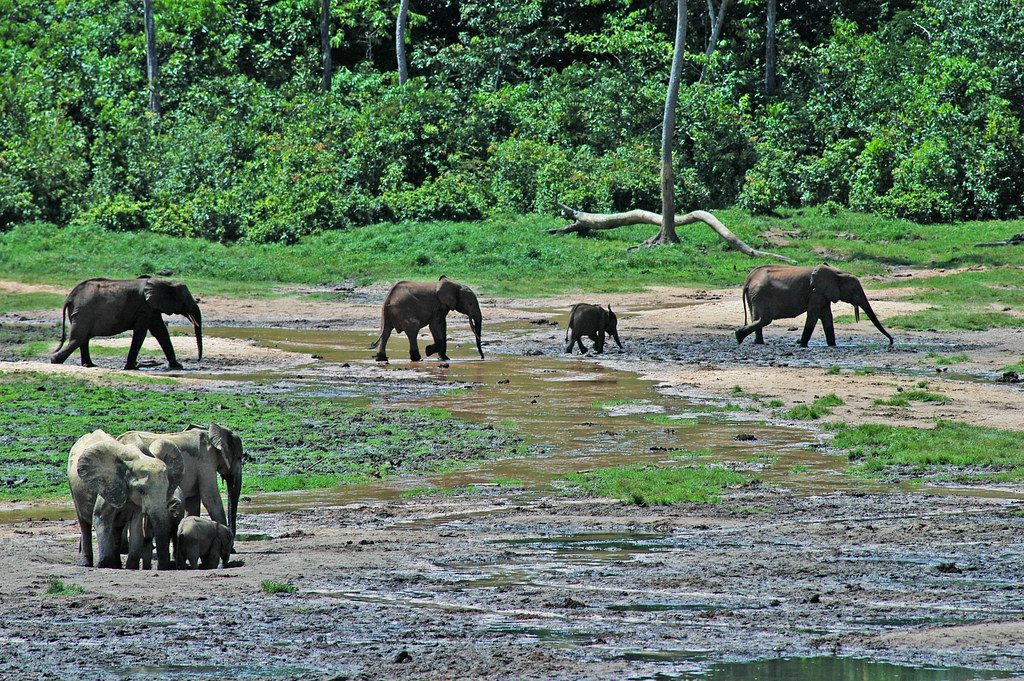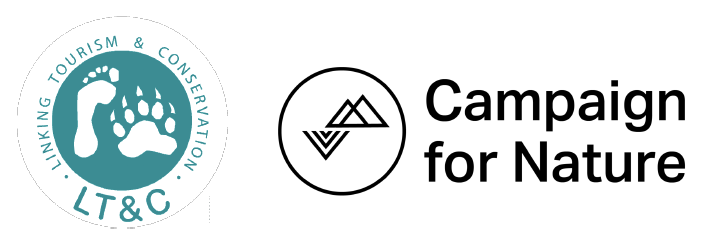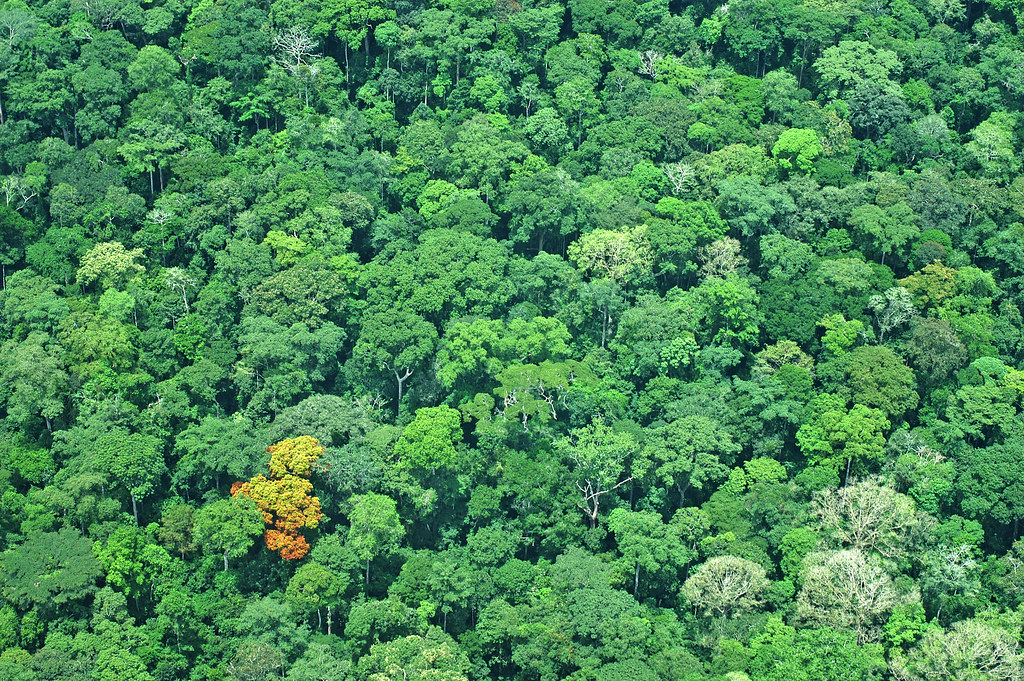The two international networks, Campaign for Nature and Linking Tourism & Conservation (LT&C), have started an initiative, which focuses on the nature based-tourism sector in promoting and supporting an ambitious new Protected Area target.
The fastest-growing element of tourism is nature-based tourism, often involving excursions to national parks and wilderness areas in developing countries where large portions of the world’s biodiversity are concentrated. The close links, and in many cases intrinsic interdependence, between nature and tourism, has been well documented. A recent study by Waldron et al, looking at the costs and benefits of extending the worlds marine and terrestrial protected areas (PAs) to at least 30%, found that the economic and financial benefits of this significant extension outweigh the costs by a factor of at least 5:1. This ratio is primarily driven by growth in nature-based tourism that outweighs the economic impacts of expanded protection on agriculture, timber and fisheries. In fact, after recovery from the COVID-19 pandemic, the nature sector of tourism is projected to grow 4-6% per year compared to less than 1% for agriculture, timber and fisheries.

COVID-19 has led to an abrupt halt in nature-based tourism around the world, particularly in countries of the “Global South”, marked by travel restrictions, lockdowns and closures of PAs. When tourism stops, so too do in many countries the benefits of conservation, both for wildlife and local communities alike. The current COVID-19 pandemic has shown the vulnerability of an overreliance of nature-based economies in biodiversity rich countries on unsustainable forms of tourism with grave impacts on the economies, employment, people’s livelihoods and conservation. The design, operation and marketing of nature-based tourism has changed with the COVID protocols and the new business models, requiring the sector to adjust in order to continue providing the add-on service of conservation of nature. Thus, recent research looking at the impact of the pandemic on nature-based tourism has emphasized the urgency of diversifying products, operations, community livelihoods and conservation funding beyond a sole reliance on the traditional business model of tourism.
While the conclusions of this research have already documented the challenges of ensuring sustainable financing of the current network of PAs, the estimates of the financial needs to implement and effectively manage a network of PAs covering at least 30% of the planet’s seas and lands greatly amplify these financial challenges. Recent estimates assume that managing such a significantly extended network effectively, ensuring PAs can deliver their intended biodiversity and ecosystem services benefits, including economic and financial values, will cost around US$ 140 billion annually. Although significant, these costs represent only 0.16% of global GDP and about 23% of tourism revenue generated from protected areas as documented in a paper of IUCN.
Given the significant benefits that an anticipated future 30×30 network of PAs would potentially provide to the tourism sector and vice versa as well as to address the funding challenges, this initiative aims for a public announcement of the status, needs and expectations of the nature-based tourism sector at the CBD COP15 or ideally, at the IUCN World Conservation Congress in September. Potentially, this announcement could be developed into a voluntary offering outlining the contribution of the nature-based- respectively conservation-tourism sector to the CBD Agenda for Nature and People in support of the three goals of the convention.
The announcement and commitment, planned along parallel events such as the Business or Ecological Civilization Forums or the high-level segment, could include:
- Supporting and promoting the 30×30 draft target publicly and towards defined target audiences.
- Contributing 1% of annual revenues to the existing Legacy Landscapes Fund or new funds to be set up to improve the permanent financial stability of existing and new PAs critical for biodiversity conservation and climate change adaptation.
- Implementing binding protocols for nature-based tourism in and around protected areas ensuring increased sustainability of all related activities and operations in order to achieve forms of conservation supporting tourism.
- Launching at least 10 pilot impact investment schemes related to tourism operations in and around protected areas aiming at increasing the biodiversity and social impact to increase contributions across various SDGs.
- Announcing the needs and expectations the sector has from other players in order to fulfil these commitments.
Partners of this initiative, aside from relevant players in the nature-based tourism sector, brought together in credible networks and associations, could include Public Development Banks, parties to the CBD that represent key markets or destinations for nature-based tourism, international NGOs, LT&C, IUCN-TAPAS and PANORAMA, private or institutional investors, philanthropies and international organizations.

If you have suggestions, ideas or want to join or contribute to this initiative, please
Contact us
"*" indicates required fields



